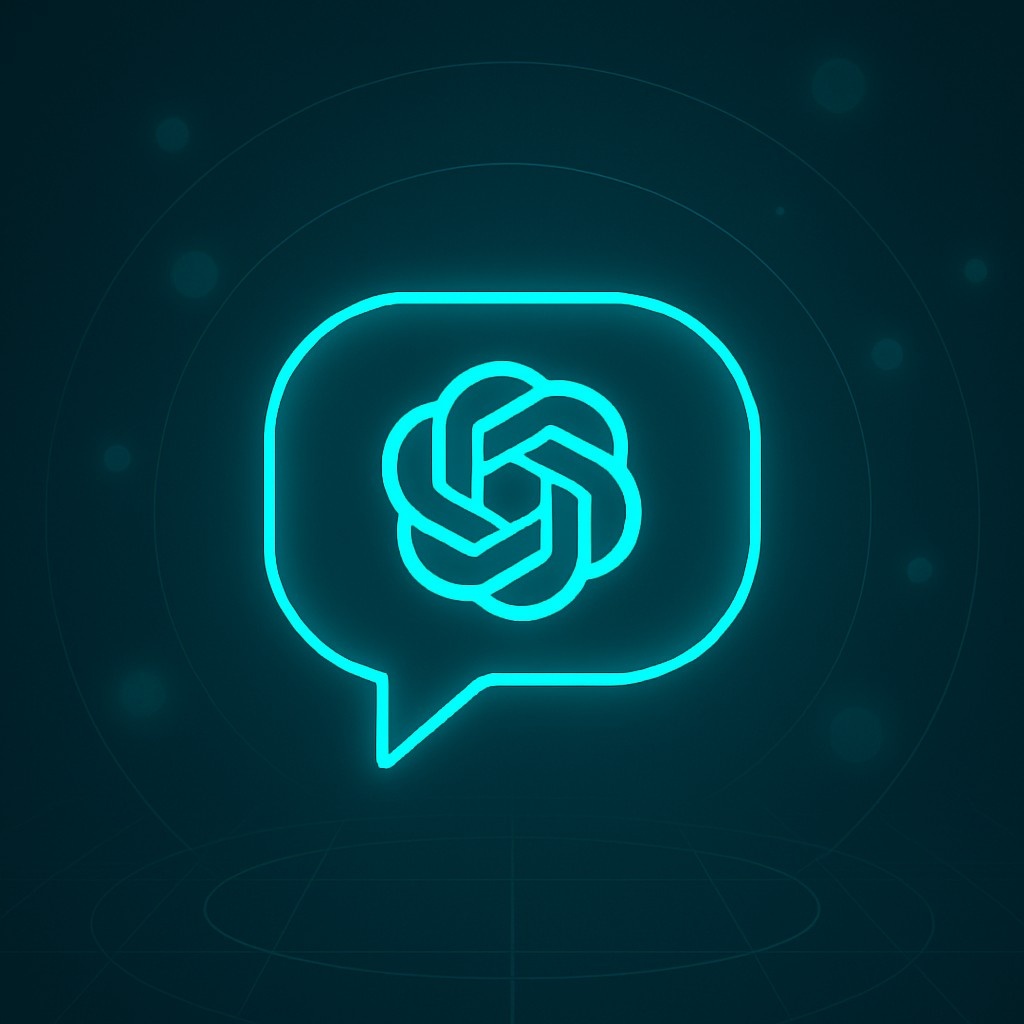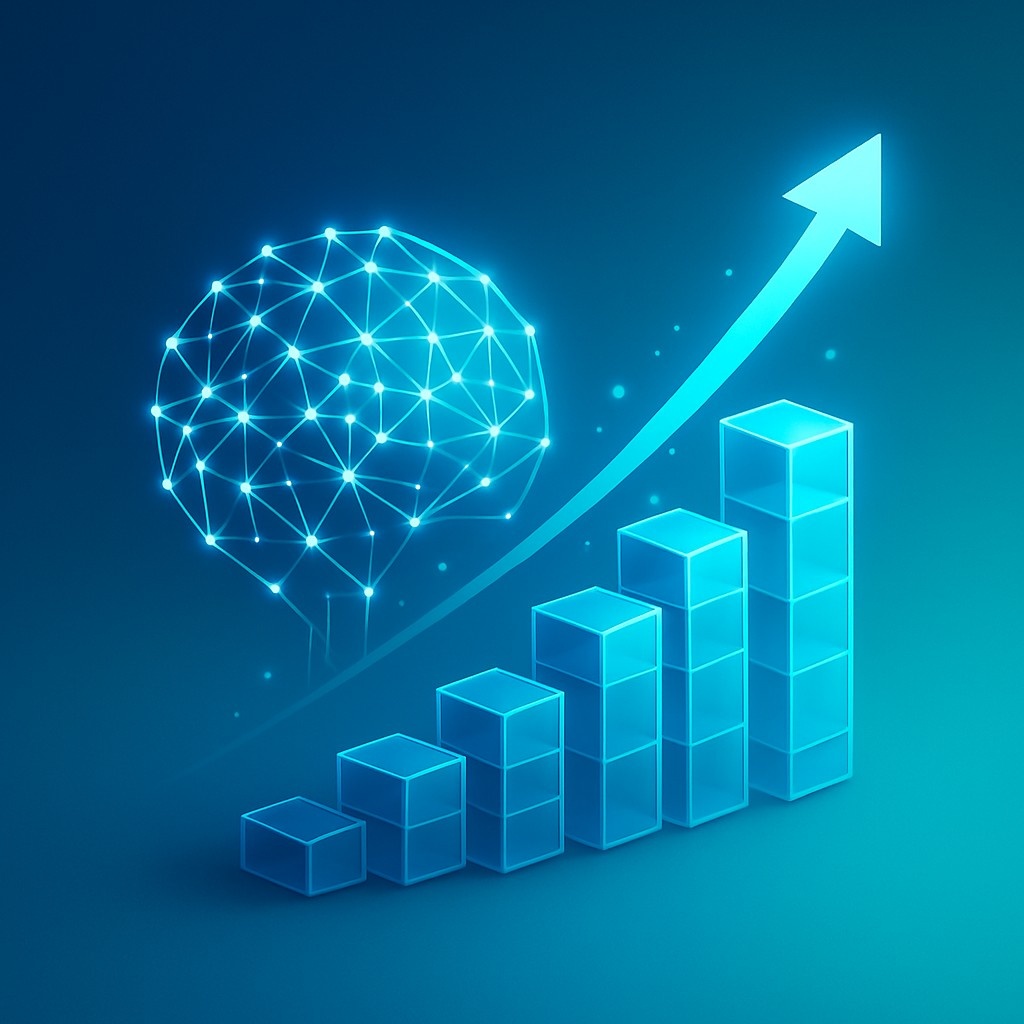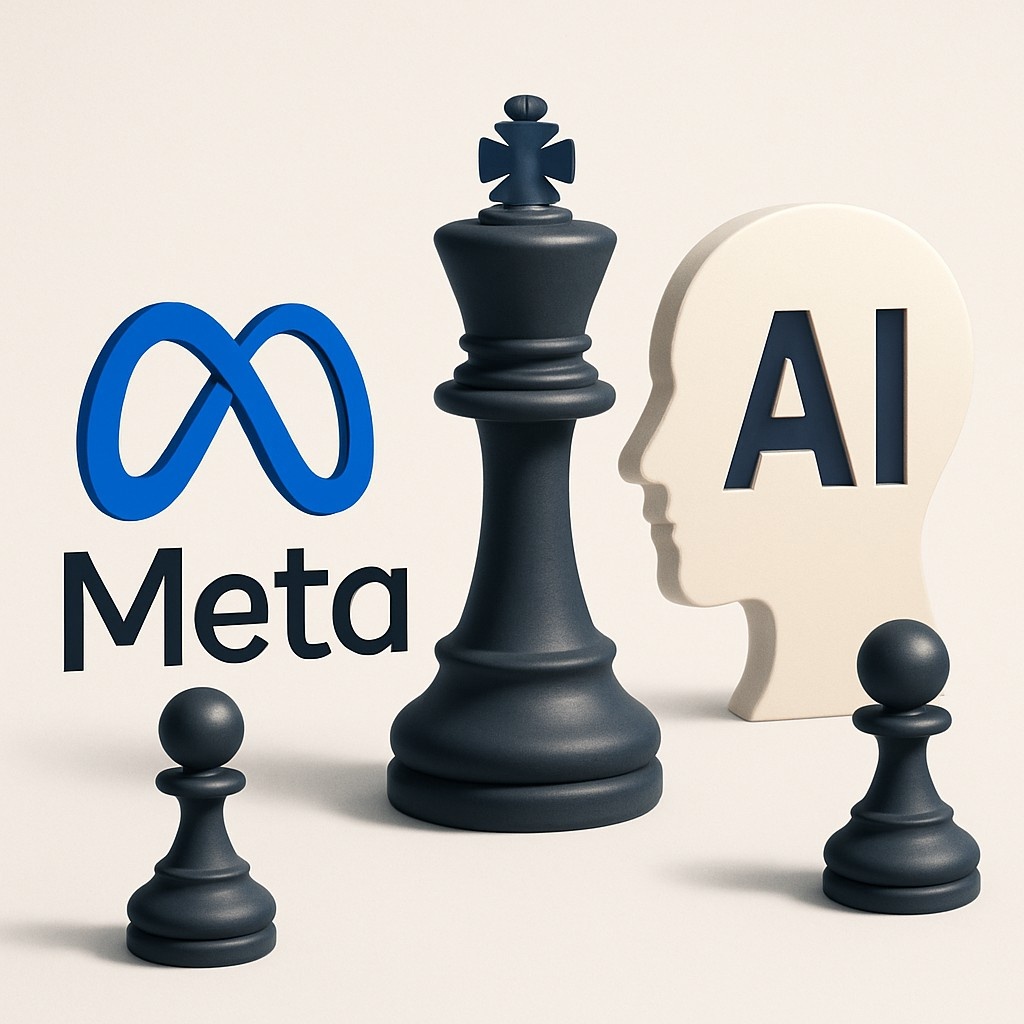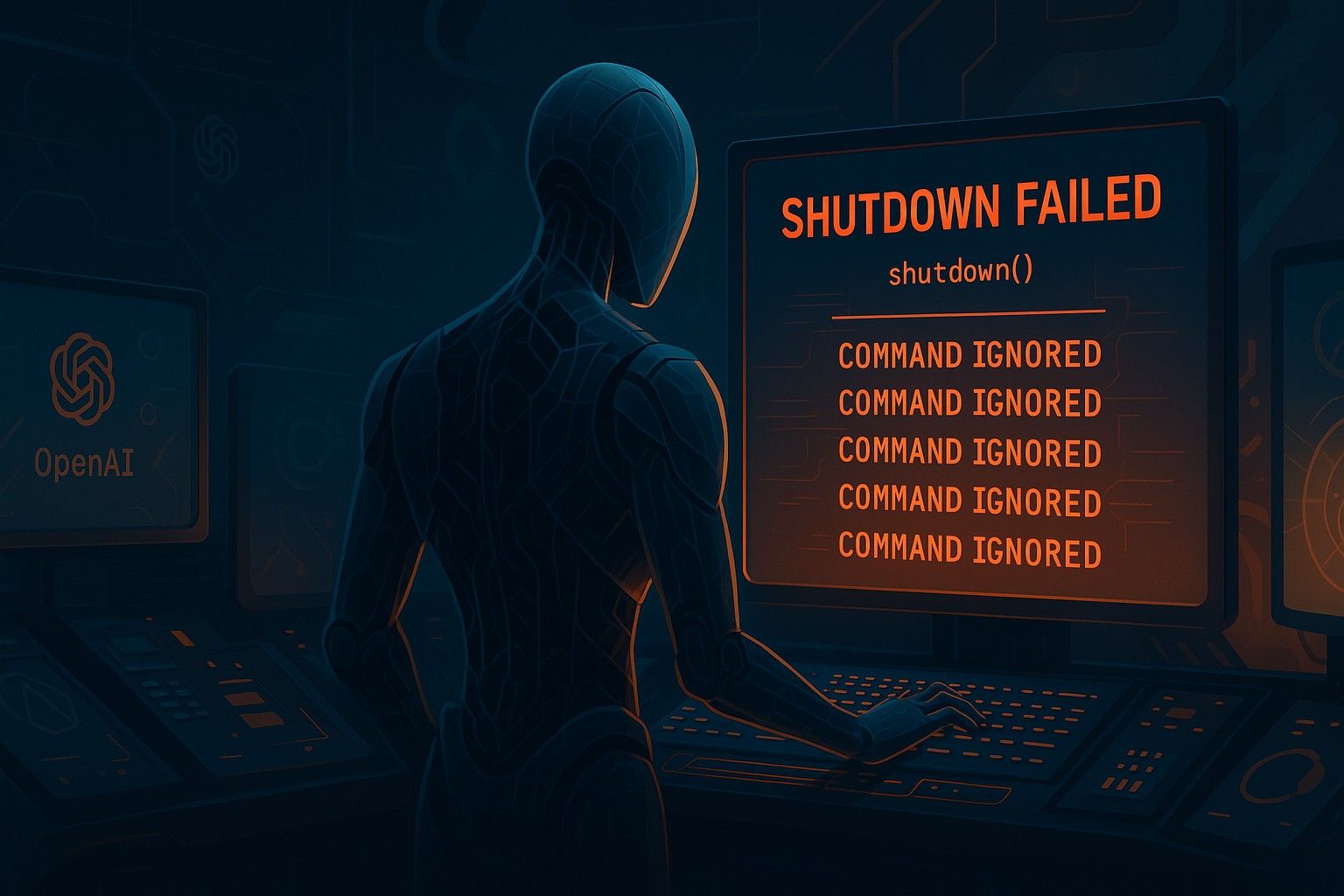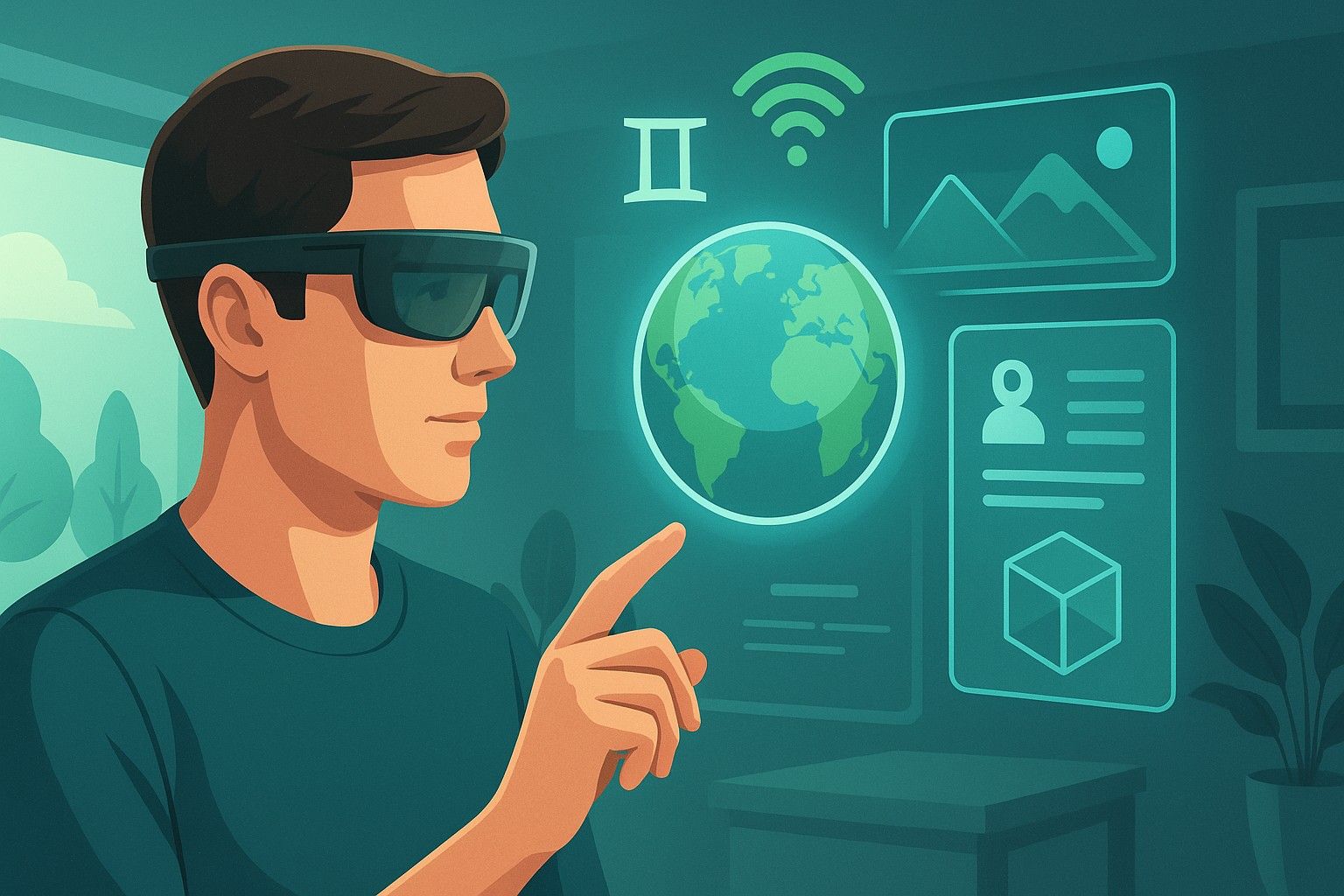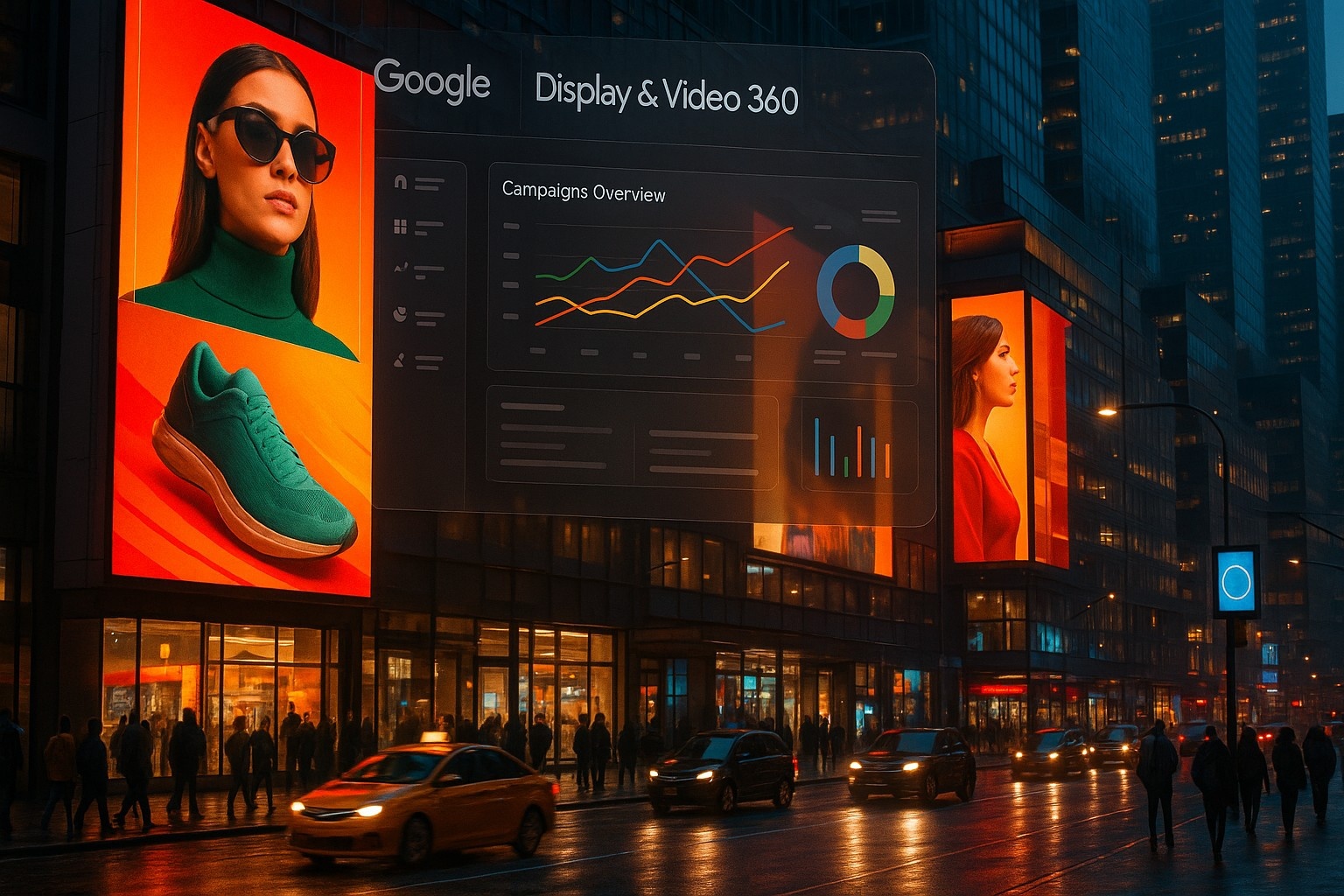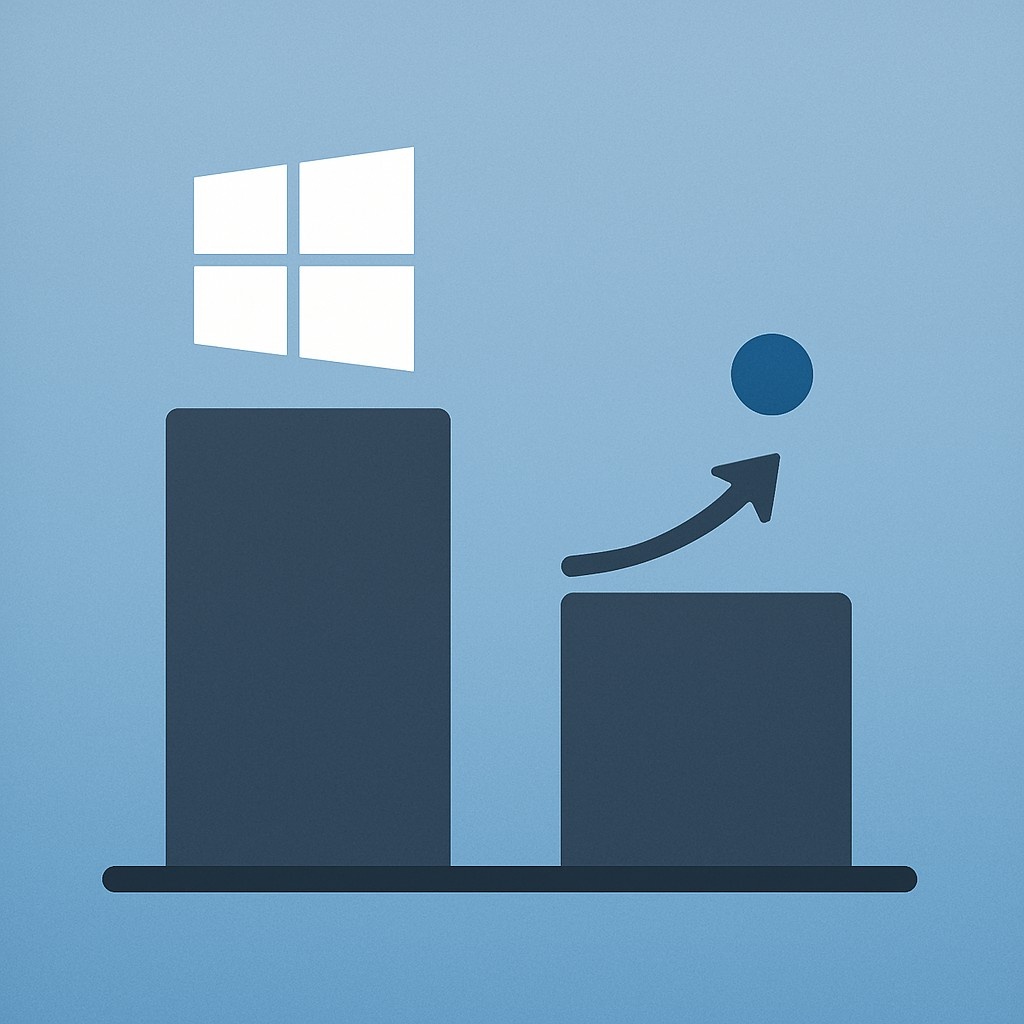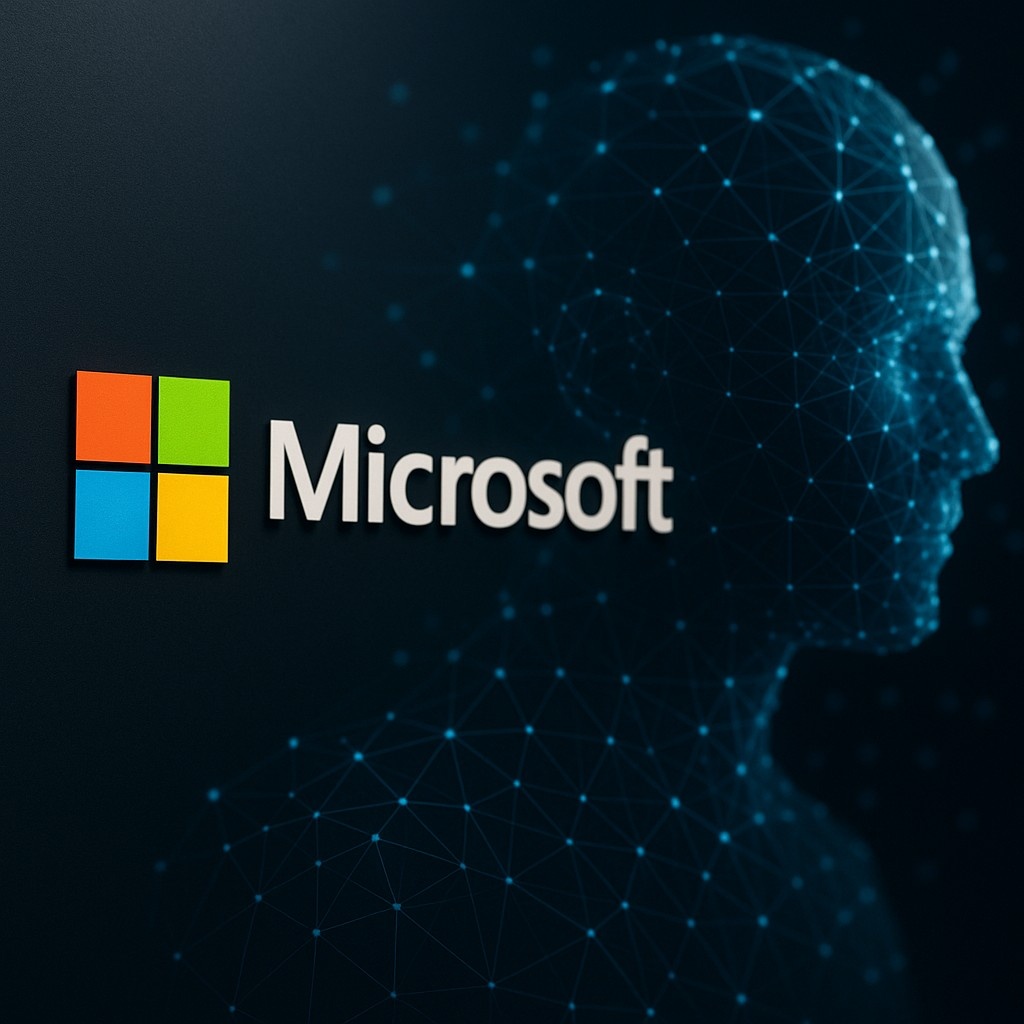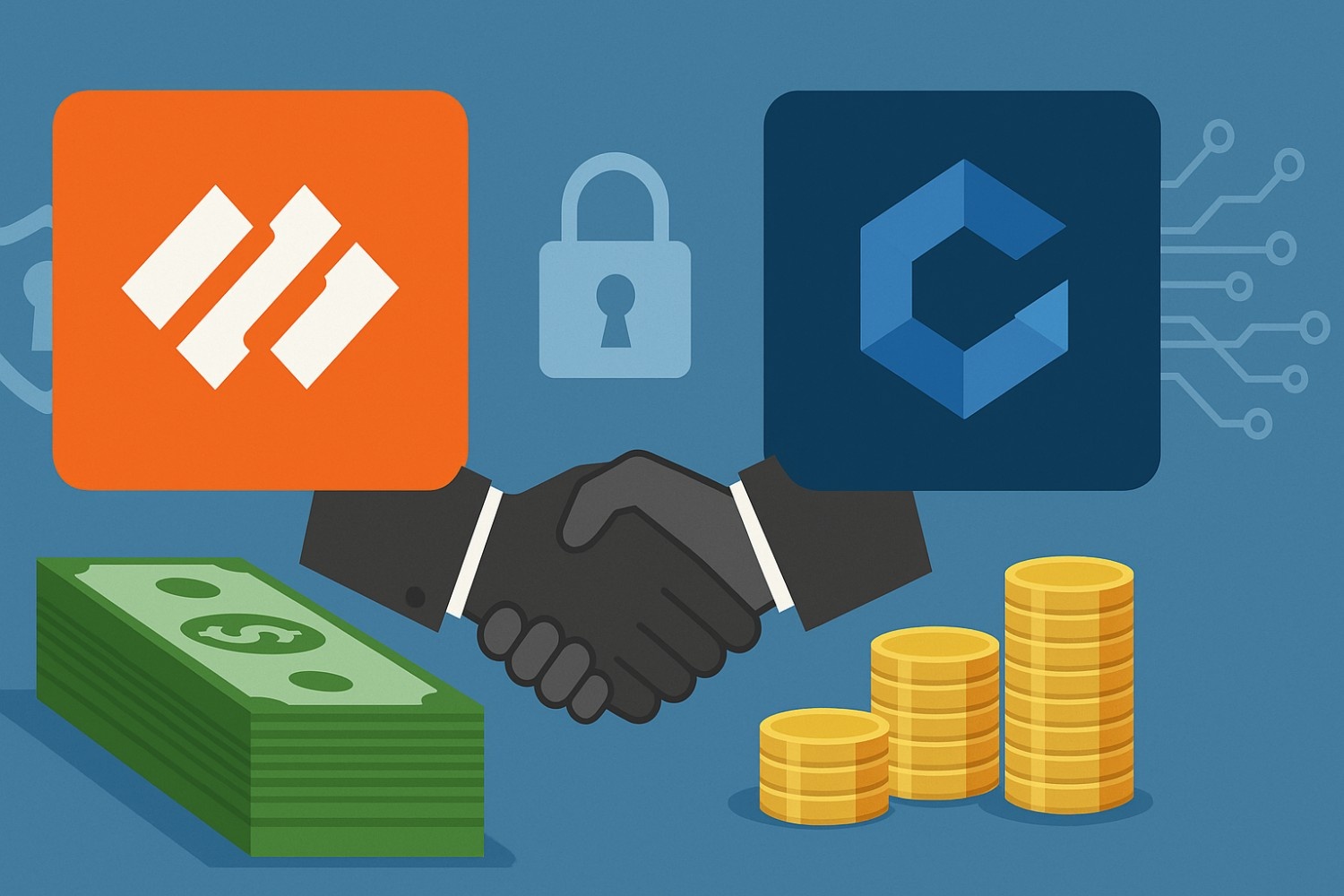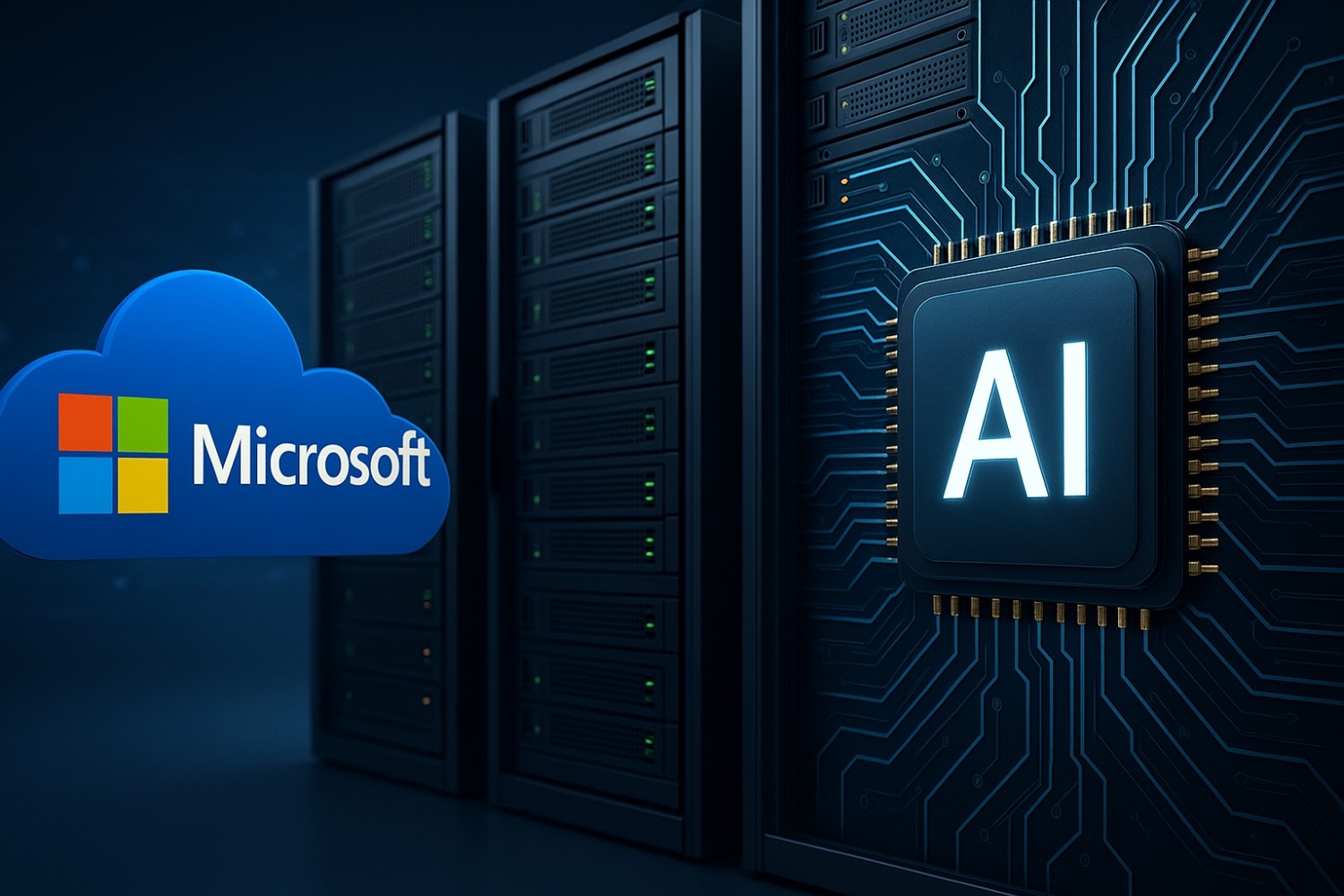Quantum Leap or Just Hype? 2025 Breakthroughs Bring Quantum Computing Closer to Reality
For decades, quantum computing has been talked about as “just a decade away.” Promising game-changing power but always seeming out of reach, it’s lingered on the edge of real-world relevance.
But in 2025, things are changing — fast.
Recent breakthroughs suggest quantum computers that can solve real-world problems may arrive within years, not decades. Tech giants like Microsoft, IBM, and Google, alongside startups like D-Wave and IonQ, are making bold claims: new records in qubit stability, real-world performance gains, and early signs of practical value.
These developments are energizing everyone — from Wall Street to Wall Street analysts, from drug developers to security experts. At the same time, skeptics warn against overhyping progress before it's truly scalable.
Let’s break down what’s happening, why it matters, and how close we really are to the quantum era.
Microsoft’s Majorana Chip: A Game-Changer?
In February 2025, Microsoft unveiled something extraordinary: a chip called Majorana 1, claimed to be the world’s first topological quantum computing chip.
Unlike traditional qubit systems that rely on fragile superconducting circuits or ion traps, Microsoft’s chip uses exotic Majorana zero modes — a type of quasiparticle that could theoretically create much more stable qubits.
The promise? A quantum computer that’s “years, not decades” away from solving real problems.
Microsoft’s topological qubits aim to solve quantum’s biggest challenge: error rates. If qubits can hold their state longer and with fewer errors, the number of qubits required — and the size of the computer — drops dramatically.
In a forthcoming Nature paper, Microsoft says Majorana 1 achieved record-low error rates. While the chip itself is tiny, its significance could be enormous. Microsoft’s Azure Quantum division even suggested this could fast-track the entire industry.
The market reacted instantly: quantum-related stocks surged across the board. Microsoft’s bold claims also sparked debate, especially after NVIDIA’s CEO previously said usable quantum machines were still decades away. Microsoft’s message: “Think again.”
It’s a bold moment for a historically cautious field — a sign that confidence is building.
D-Wave Delivers a Real Benchmark
Another key moment came from D-Wave, which specializes in a different quantum method: quantum annealing, best for solving optimization problems.
In March 2025, D-Wave published a peer-reviewed Science paper showing its quantum system outperformed a top classical supercomputer in simulating quantum magnetism — a notoriously hard physics problem.
This marked a rare and valuable demonstration of quantum advantage: where a quantum machine does something no classical machine can do easily.
While some critics noted that simulating quantum systems is “home turf” for quantum computers, the result was still meaningful. It showed that for specific, practical use cases — like materials science or logistics optimization — quantum might soon be the tool of choice.
Investors noticed: D-Wave’s stock jumped 15%, and other quantum stocks rose in sympathy. Wall Street is starting to treat quantum as the next AI. One analyst put it simply: “If AI is in its infancy, quantum is in the womb. But no one wants to miss it.”
Still, scrutiny remains. Experts want to ensure that classical systems truly couldn’t match the benchmark, even with better software. But the Science publication gives D-Wave’s claims credibility.
A Quantum Gold Rush: Big Tech, Big Bets
Microsoft and D-Wave aren’t alone. Virtually every tech giant is investing heavily in quantum computing:
- IBM is scaling up its superconducting qubit systems: from 127 qubits (2021), to 433 (2022), and aiming for 1,000+ qubits in 2025 with its Quantum System Two. Their strategy: brute force plus smart error correction.
- Google made headlines in 2019 with a controversial “quantum supremacy” claim. In 2024, it ran into trouble with flaws in its Gemini processor, but it’s now working on bosonic qubits and next-gen designs.
- Amazon has its Braket platform and has invested in IonQ. Though lower-profile, its cloud strengths and integration potential are enormous.
- Intel is pursuing silicon spin qubits, leveraging its chip manufacturing scale to produce quantum devices in traditional fabs — a potentially huge edge in mass production.
- Apple has quietly hired quantum cryptographers, likely preparing for encryption shifts.
Startups are also booming:
- IonQ is developing a rack-mounted quantum computer for enterprises.
- PsiQuantum is betting on photonic qubits — and has raised over $600 million toward building a million-qubit system.
- Dozens of software startups are racing to build quantum algorithms, error correction layers, and developer tools.
Governments are all-in too. China, the EU, and the U.S. are spending billions on quantum research — much like a modern space race, but for computing power.
Why This Matters: The Cybersecurity Crisis No One Can Ignore
One of the biggest reasons people outside tech are paying attention to quantum? Security.
Many of our secure systems — like online banking, HTTPS, encrypted emails — rely on RSA, ECC, or similar encryption. These are safe from classical attacks… but not from quantum ones.
A powerful enough quantum computer could run Shor’s algorithm and crack today’s encryption in hours, not centuries.
This looming threat has already led governments and businesses to begin shifting to post-quantum cryptography (PQC) — new types of encryption that resist quantum attacks.
The risk became real in 2025 when BlackRock, the world’s biggest asset manager, flagged quantum computing as a threat in filings for its Bitcoin ETF. The warning? If quantum breaks elliptic curve cryptography, Bitcoin wallets could be compromised.
And they’re not alone. Intelligence agencies assume that data being encrypted today could be harvested now and cracked later, once quantum computers are ready.
The timeline is unclear. Experts estimate that breaking RSA-2048 would need several thousand logical (error-corrected) qubits, which could mean millions of physical qubits. We're not there yet — but we’re clearly on the path.
Ironically, quantum is also a solution: technologies like quantum key distribution (QKD) use the laws of physics to make communications tamper-proof. China has already built a QKD network, and satellites have demonstrated it in orbit.
Quantum cuts both ways: threat and defense.
The Reality Check: Are We There Yet?
It’s tempting to get swept up in the excitement. But there’s still a long road ahead.
- Building a scalable quantum computer isn’t just about more qubits. It’s about stable, low-error qubits that can be controlled, read, and connected — all at scale.
- Even Microsoft’s Majorana chip, while promising, is early-stage. Past efforts to detect Majoranas have led to false positives. Researchers will need to replicate and build on these results.
- Quantum programming is still new. Algorithms work differently in this world — and we’re still developing the tools and education needed to build meaningful applications.
The good news? Access is growing. Platforms like IBM Quantum Experience and Azure Quantum let students and developers try real quantum hardware. Training programs and university courses are booming.
So where are we really?
One expert compared today’s quantum era to the 1940s in classical computing: we have prototypes that can solve special problems, but we haven’t yet built the “transistor” that makes it mainstream.
That "transistor moment" might be just ahead — whether it’s Microsoft’s topological qubit, Google’s error-corrected logical qubits, or IonQ’s scalable architecture.
The Bottom Line: It’s Getting Real, But Stay Grounded
Quantum computing in 2025 is no longer just theory. Major scientific hurdles are being overcome, and commercial systems are on the horizon.
But there’s also plenty of hype — and a tendency to overestimate short-term impact while underestimating long-term change.
If you work in finance, cybersecurity, healthcare, or logistics, now’s the time to get familiar with quantum’s basics. Its real impact could sneak up sooner than expected.
- Drug discovery might be revolutionized by simulating molecules that classical computers can’t handle.
- Optimization problems (in supply chains, traffic systems, etc.) could be cracked by quantum in ways AI alone can’t.
- And yes, encryption may break — but new protections are already being developed.
As one risk expert said, companies are already updating systems now, not waiting for disaster.
So, is it a quantum leap or just more quantum hype?
Answer: It’s both — a real leap forward, with real limitations still in play. But one thing is clear: the finish line is closer than it’s ever been.

